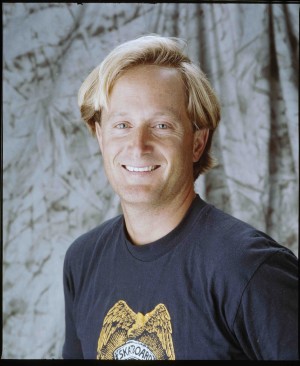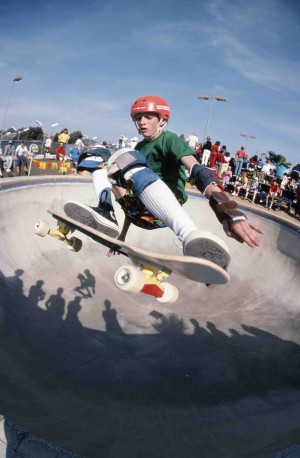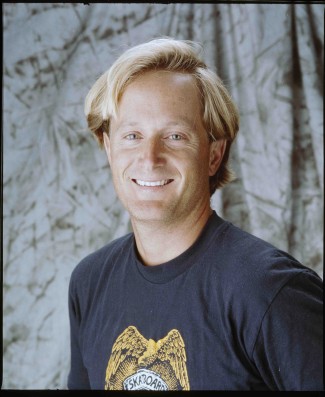PART I: Skateboarding legend Stacy Peralta on his new film ‘Bones Brigade’

The Bones Brigade, a skateboarding team run by Stacy Peralta in the 1980s, has certainly reached legendary status. The names associated with the professional squad have become second nature in the industry. The core group consisted of Tony Hawk, Rodney Mullen, Mike McGill, Tommy Guerrero, Steve Caballero and Lance Mountain — perhaps the greatest synergy of talent in skateboarding history. They were self-identified outcasts who enjoyed one another’s company, competition and unique lifestyle.
Now, audience members can relive the glory days when Peralta and his business partner George Powell changed the face of the industry forever. Bones Brigade: An Autobiography, the new documentary directed by Peralta, features a voluminous amount of archival footage and taped interviews, highlighting all of the triumphs and obstacles of the iconic skateboarders.
Recently, John Soltes of Hollywood Soapbox talked with Tony Hawk and Stacy Peralta about their skateboarding journeys.
Click here for our interview with Tony Hawk. Below find Part I of our interview with Stacy Peralta. Questions and answers have been slightly edited.
Could you tell me how did Bones Brigade began for you?
Well, I always knew that this had the potential for a film, but it’s not a film I wanted to make. About two years after I made Dogtown, Tony Hawk and the other five guys in the film took me to lunch, and they asked me if I would make this film. And at the time I just wasn’t comfortable playing the dual role of director and character. And I also didn’t have a lot of interest in doing another documentary film that had skateboarding in it. But over the years, they kept asking and kept asking, and finally a couple years ago they said, ‘Look, we are now older than you were when you made Dogtown. Would you please reconsider?’ I finally said, ‘All right, I’ll do it.’ So that was it. I knew it had the potential to be a good film, or be a film. I just didn’t want to make it myself, but now that I’ve done it, I’m glad I did it.

I appreciate the archival footage you’re able to get. How do you find all this stuff?
It is an obstacle, but it’s one of the things that I’m particularly keen on, is that I’m relentless in searching for footage. I mean I’ve been known to hire detectives to help me find people that I know might have footage that I need. I really feel that getting the real stuff, whether it be a photograph or footage, is the key to showing that, in fact, such and such really did happen on such and such a date. And I’m a fanatic about it. And there are certain films that I turned before, because once I did the research and found that I couldn’t find the necessary footage that I would need, I declined making the film. That’s something that’s very important for me as a filmmaker. And I love the look of old footage.
And coupled with the music, it makes a great presentation.
Well, the music is what I typically start with. Before I even start the film, what I start doing, I start assembling the soundtrack. Because the soundtrack starts informing me on how the film feels, how it sounds, what the tone is. So I do that first, and then I start working on the story and start writing down my ideas and kind of crafting the narrative.
You knew these guys before the film. Did you find out a lot of new stuff? Were you surprised by some of the revelations?
I was totally surprised. In fact, when I set out to do this, I was under the impression it was going to be more of a history story about the ‘80s and skateboarding. And when we were done with the interviews, I realized it wasn’t going to be a history story at all, but, in fact, it was going to be a very personal story about their struggles to achieve the dream of becoming professional skateboarders. They were the ones who really informed me on what this film wanted to be. I had preconceived notions. I was under the impression that we were going to make this, and it was just going to go direct to DVD, and there was going to be no film festival or anything like that. And it wasn’t until we started shooting that I realized that I had a different film and that it might have bigger legs than I had originally anticipated.
By John Soltes / Publisher / John@HollywoodSoapbox.com
-
Click here for more information.

